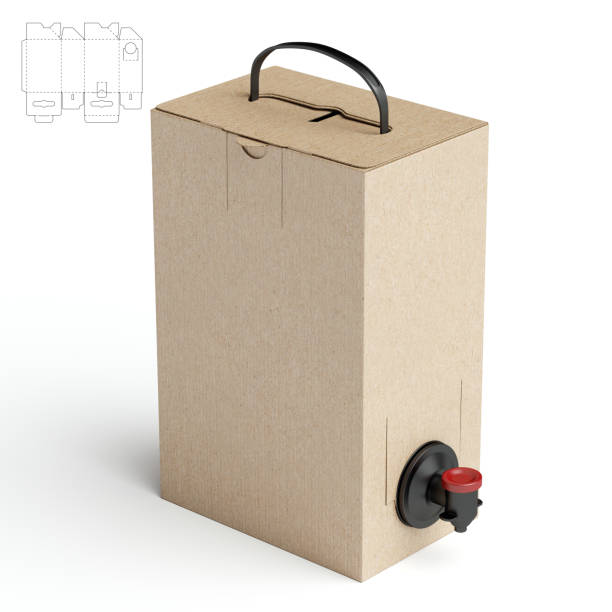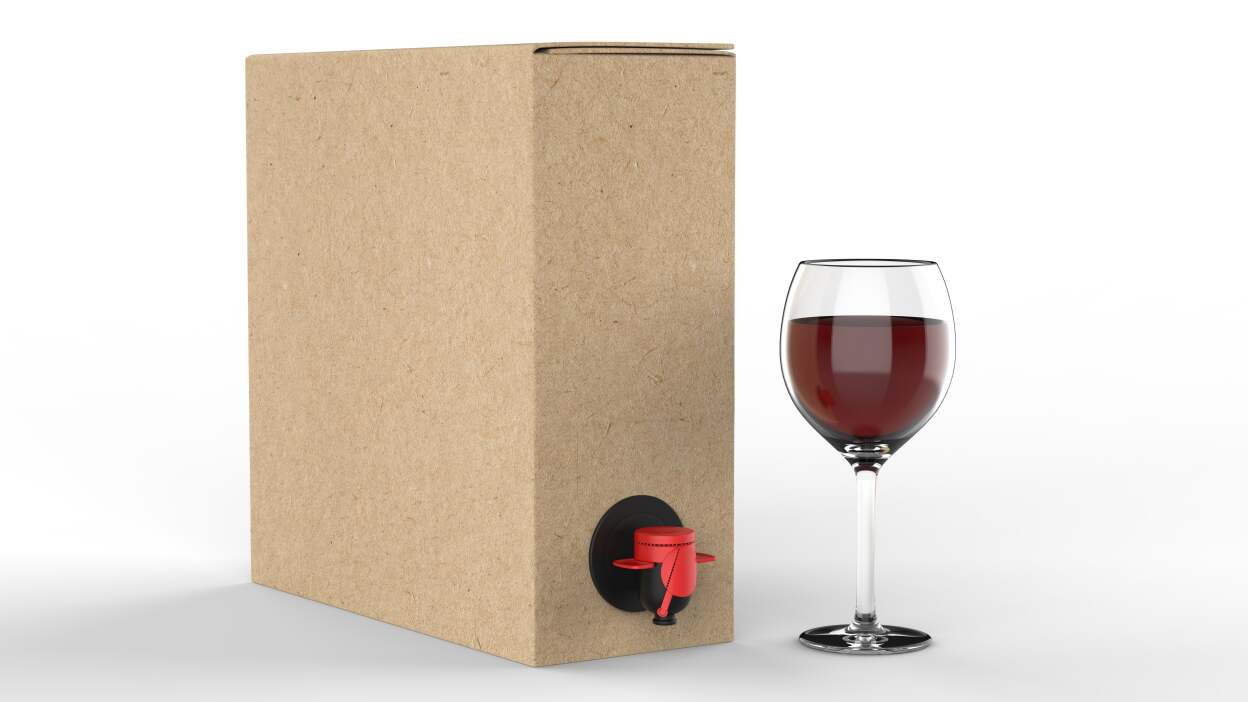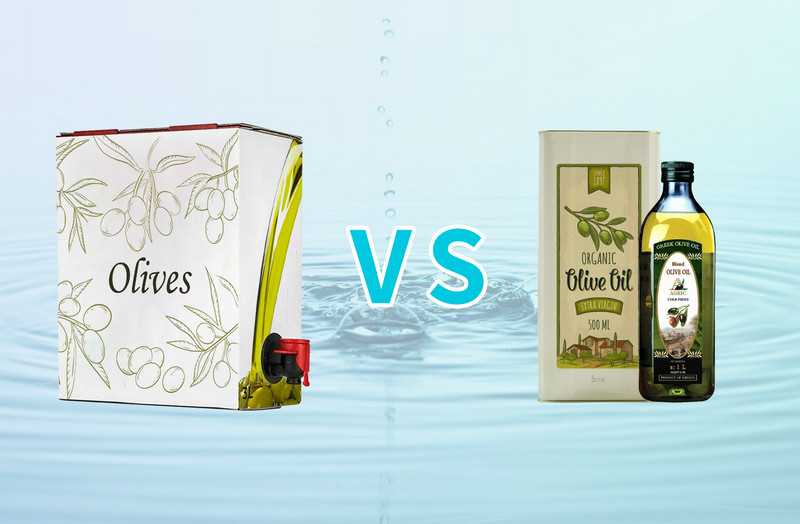Dans le passé, le sac en boîte a parfois été appelé Goon Sacks (court pour Flagon dans le vernaculaire australien), le vin de la jug ou le vin de Bum (Steeman, 2015). Cependant, avec des améliorations significatives dans les matériaux de sac intérieur, de meilleurs robinets, un marketing sophistiqué et en réellement remplir les sacs avec du vin avec un sac dans la boîte se lance maintenant (Prestipino, 2015).
En France, un sac en boîte de rosé dans le réfrigérateur est particulièrement populaire dans le
Été (Colman, 2009), ils sont un récipient populaire dans lequel acheter du vin en Italie (Cravero, 2016), et au cours des 30 dernières années, du vin dans les boîtes a fourni près de 50% du vin consommé en Australie (Prestipino, 2015). ASOF 2007, l'acceptation internationale a utilisé le sac en boîte à 9% au Franceand UK, 42% en Norvège, 33% en Suède et 6% aux États-Unis (Reeves, 2010).
Une enquête non officielle dans un magasin Safeway près de Seattle, Washington, a révélé 15 marques différentes sur les étagères, offertes dans un certain nombre de variétés, tandis qu'une autre en Australie occidentale a noté environ huit marques différentes avec une bonne sélection de variétés. Dans l'ensemble, les vins des sacs en boîte représentent environ 10% du marché mondial du vin (Carvero, 2016).
Il y a un certain nombre d'avantages aux vins de la boîte. Tout d'abord, comme le
Des barils au-dessus des amphores, ils économisent en poids d'expédition par rapport au vin dans les bouteilles en verre. Un cas de vin dans des bouteilles en verre, neuf litres de vin, pèse généralement environ 15 kilogrammes (33 livres) avec les bouteilles standard de 500 grammes et 13,8 kilogrammes (30,4 livres) avec les bouteilles plus récentes et plus légères de 400 grammes. L'utilisation de bouteilles standard représente environ la moitié du poids du paquet total plein de vin. L'expédition de l'équivalent dans les conteneurs Bagin-box (trois x 3 litres) réduit considérablement l'empreinte carbone (Colman, 2009), ne pesant que 10 kilogrammes (22 livres) au total.
De plus, une fois un sac en boîte à ouverture, le vin restera frais
au moins plusieurs semaines. Cela est dû au fait que lorsque le vin est libéré du robinet, presque aucun oxygène n'est autorisé à revenir dans le vin (Routledge, 2016). Le vin dans une bouteille en verre peut également rester frais, mais l'oxygène doit être évacué avec un appareil de type pompe, ou déplacé d'azote ou d'autres gaz inertes.
Le sac en boîte a ses inconvénients. Contrairement aux bouteilles, on ne peut pas voir le
quantité de vin laissé dans le récipient. Selon les matériaux
Incorporé dans les couches du sac, il a généralement une durée de conservation de six mois à un maximum d'un an. De plus, il y a la stigmatisation persistante des vins contenant de moindre qualité.
La qualité de l'emballage du sac dans la boîte va de simple à haut de gamme (Colman, 2009). Dans l'ensemble, le matériau du sac lui-même est bien amélioré par rapport aux efforts initiaux, tout comme les conceptions et la lithographie des boîtes, en bordure d'une partie de l'imagination des étiquettes de bouteille de vin. Par exemple, Astrapak, une entreprise sud-africaine vend ses sacs aux États-Unis, qui ressemble même à un baril en bois (Astrapouch, 2018) .

 中文简体
中文简体 英语
英语 西班牙语
西班牙语 俄语
俄语 葡萄牙语
葡萄牙语 法语
法语 德语
德语 意大利语
意大利语






















